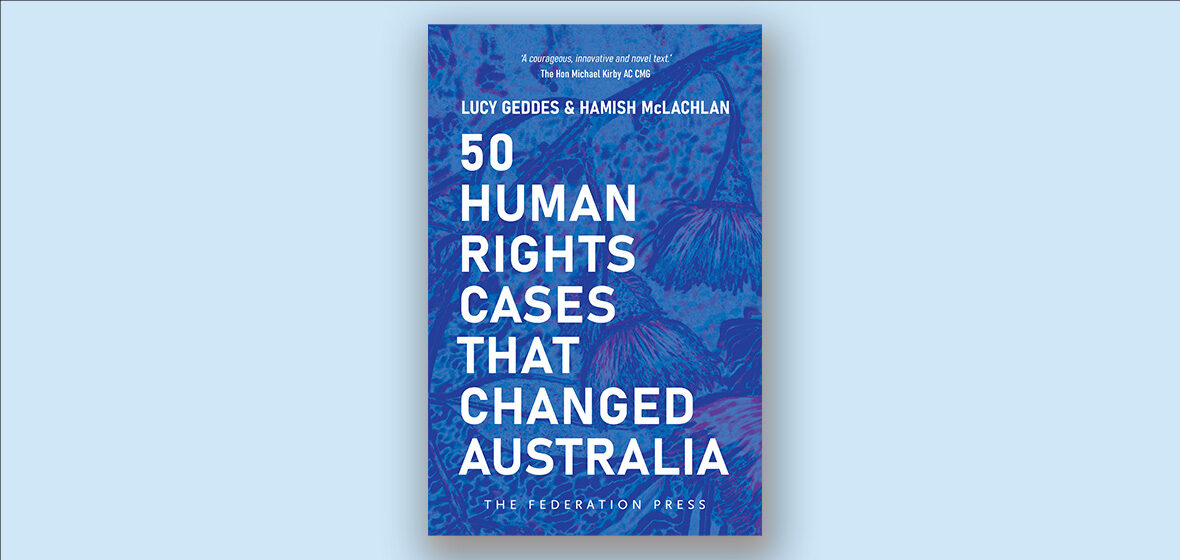Two practising human rights lawyers tell the story of 50 cases that help to explain how, partly by individual judicial decisions, Australia has built a generally law abiding and rights respecting society.
Individual cases, multiplied by many repetitions, can help to teach big lessons. So it is in 50 Human Rights Cases that Changed Australia, a courageous, innovative and novel text.
Written by two practising human rights lawyers, the book tells the story of 50 cases that help to explain how Australia, bereft from the start of a comprehensive Bill of Rights like that expressed in the United States Constitution and many others, has, partly by individual judicial decisions, built a generally law abiding and rights respecting society.
The cases include landmark human rights decisions from all Australian states and territories. They range from the seminal freedom of expression and First Nations land rights cases of the 1990s to lesser known earlier cases on civil liberties and criminal procedure and more recent advances in LGBTIQA+ rights, environmental rights, and the rights of people with disabilities.
Each decision summary explains the facts, the issues and the outcome of the case, and contains key quotes from the judgment, commentary situating the case in its social and political context, and critical analysis of the case’s impact.
The object of the authors is not to suggest that the resulting design is perfect, or even preferable. On the contrary. In the introductory chapters, the authors acknowledge that ‘human rights are [not] adequately protected in this country.’
Whilst the provision of instances where Australian courts (especially the High Court of Australia) have helped to change Australia by reasoning in cases involving human rights may be reassuring, the cases reveal persistent weaknesses in Australia’s human rights protections.
Some may think that the approach adopted by the authors has been insufficiently critical of the failure of the Australian political system to provide a coherent, conceptual solution to the lack of constitutional and other instruments for the furtherance of individual human rights in Australia.
To speak of 50 cases that ‘changed Australia’ might lull the unwary into undue satisfaction with our current human rights tools. Occasionally, our legal system does accept and apply universal human rights reasoning that helps to change Australia, as in Mabo v Queensland [No. 2].
But this book illustrates the potential of our legal system to safeguard and advance individual human rights while invoking often very limited tools and rejecting over-narrow legal outcomes. That may be its greatest value.
The emerging heroes are not judges alone. They include advocates, litigants and civil society.




